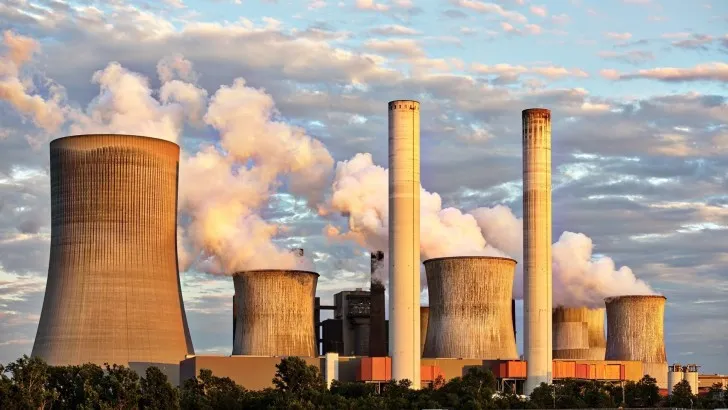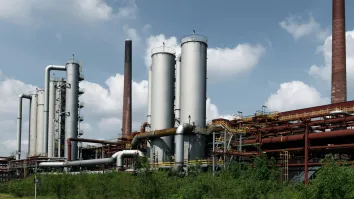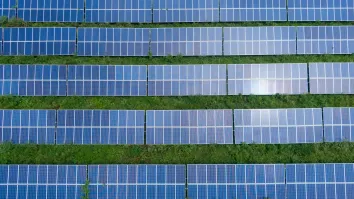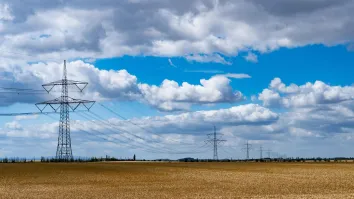
Nuclear power to reach 873GW(e) by 2050: IAEA
The current capacity is at 390 GW(e).
Global nuclear power is expected to more than double to 873 gigawatts net electrical (GW(e)) by 2050 from the current 390 GW(e) as governments are starting to reconsider its generation amidst energy security concerns.
In a statement, the International Atomic Energy Agency (IAEA) revised upward its high case scenario projection, 10% higher or an additional 81 GW(e) from its report last year. The low case scenario generation capacity, however, remains flat.
In its outlook, IAEA cited climate change mitigation and energy security as key drivers to expanding nuclear power due to the pandemic and geopolitical tensions and military conflict in Europe which cause energy prices to surge as it hampered energy flows across regions.
READ MORE: Renewables, nuclear could replace LNG’s share in Japan’s energy mix
“We are at a defining moment in the world’s transition to a more secure, stable and affordable energy future,” IAEA Director-General Rafael Mariano Grossi said.
“Driven by the impacts of climate change and the energy crisis, governments are reconsidering their portfolios in favour of nuclear power. But for the high case scenario to be achieved, a number of challenges need to be addressed, including regulatory and industrial harmonization and progress in high level waste disposal,” he added.
The agency said in the report that several member states are revising their national energy policies which led to the extension of operations of existing reactors. They are also planning to construct new advanced reactors and develop small modular reactors.
Nuclear is expected to increase its share of global electricity to 14% by 2050 from the 10% today.



















 Advertise
Advertise







